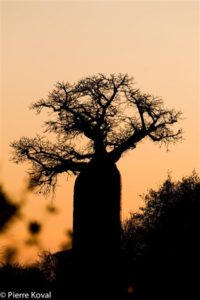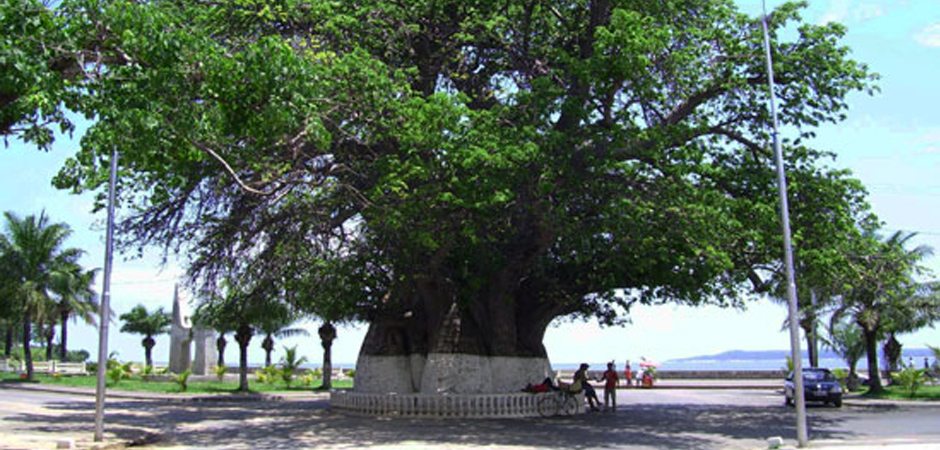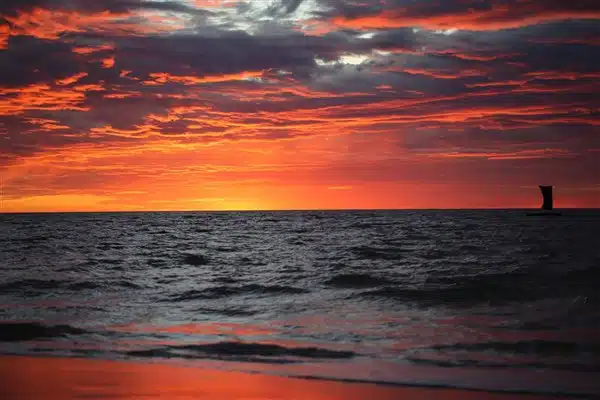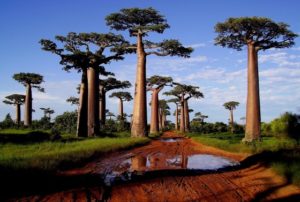The Environment of the Midwest:
Between Majunga and Morondava
The vast Malagasy Midwest stretches from Morondava in the south to Majunga in the 
Thus, remarkable limestone or basalt plateaus extend – the Kelifely north of Bongolava and the Bemaraha north of the Tsiribihina (with its large Tsingy to. – to the east of the coastal plains, where the deltas of the major rivers (Sofia, Betsiboka, Mahavavy, Manambolo, Tsiribihina, and Morondava) and some large mangrove tidal flats interrupt a series of beautiful beaches protected by coral reefs.
A dry season of more than seven months and low rainfall (often less than 1 m/year) explain why the population density rarely exceeds 10 inhabitants per square kilometer.
The Sakalava Land
As the name suggests (the “land of long valleys”), the Sakalava people mainly settled along the rivers and formed two major kingdoms: the Menabe in the 16th century and the Boina at the end of the 17th. Their most famous dynasty, Originally from the East, the Maroserana (“many ports”) derived its power from the development of livestock farming, international trade, and slave trade. The Sakalava threatened the kingdoms of the Highlands until Imerina achieved political unification in the early 19th century. The new kingdom gradually weakened its rival Sakalava by pursuing a dual strategy of conquests and alliances. The Sakalava had strong political institutions, some of which, like the Fitampoha and Tromba, survived in other forms, and history has preserved the names of several of their rulers. Discover the region of Majunga with lakanatsara. is known for its religious rituals and ceremonies
Andriandahifotsy for Menabe, Andriamandisoarivo and Ravahiny for Boina.
The Fitampoha is a religious event on the west coast of Madagascar.
It is a sacred ceremony called Relic Bath, where the relics of the ancient kings of the region are bathed in the Tsiribihina River.
It is one of the most respectful rites and is known as the royal Relic Bath.
It is usually celebrated every 5 years. For the Sakalava, as well as for all other regions, it is a moment to show gratitude to their ancestors and the long line of kings who have ruled.
A region known for its unique traditions and cultural heritage
Dedicated mainly to Zebu breeding
In this country, where migrants from the south and the highlands are now very numerous, the highlands remain the domain of livestock farming and the much more densely populated valleys the domain of traditional cultures (cassava, corn, sweet potatoes, rice).
However, the development of hydro-agriculture has allowed the development of sugarcane cultivation (Morondava, Namakia), cotton and rice cultivation (Marovoay).
Mahajanga (more than 100,000 inhabitants), the second port of the island, has become a major industrial, commercial, and university city, while Morondava (30,000 inhabitants) is experiencing strong expansion and aims to become a.
Madagascar’s West, influenced by Indians
„Throughout the West of Madagascar, the community of Karana (collective name for immigrants from India and Pakistan) is omnipresent: Majunga, Indian city!
In Malagasy mentality, the word Karana means the Other, the Different, the Suspicious, the one who must be excluded.
It is a generally derogatory, even aggressive term, the Karana are often influential and wealthy merchants and entrepreneurs.
In Madagascar, the term Karana broadly refers to all residents of Northwest India, the region known as Gujarat.
In reality, the Karana belong to 6 different socio-religious. Groups divided.
– Three groups of Shiite Muslims
– Two groups of Sunni Muslims
– The Banians, Hindu religion.
It seems that on the island, the term Karana is essentially used for Shiite Indian Muslims (probably because they are in the majority).
It is not exactly known where the word “Karana” comes from. We are reduced to making hypotheses. Here are four research paths:
– The Hindi word Karani or Kirani was commonly used in Bengal to refer to secretaries, 
– karana” was also the name of a mixed caste among the Hindus. The secretaries and accountants were actually recruited from these two population groups;
– “Certain etymologies found in the Indian Ocean bring the word Karana, formerly written Karany, from the Arabic word Koran, which means reading and subsequently Koran;
– In the last century, the Gujarati custom used the term karianjee or karany to refer to one of the three persons responsible for Indian. Merchant ships are responsible for: in addition to the malam, captain, pilot responsible for navigation, and the tandel, the head of the crew and stewardship, who acts – the karany, responsible for the cargo and its loading and unloading records.
Deepwater Ports
Like Morondava, Mahajanga (Majunga), although the second largest port on the island, is unable to accommodate cargo ships at the dock.
The Port of Majunga or Port aux Boutres, Madagascar’s second commercial port and first port on the west coast, is the center of coastal shipping along the west coast.
Fishing is the main activity of the port, especially important in relation to. Shrimp, also known as Pink Gold, are a popular delicacy in Majunga. The first Indians established their trading posts here, and since then, port activity has only increased, offering a constant ballet of cargo ships, sailboats, schooners, and freighters. The lively docks filled with fruits, vegetables, and handicrafts, bursting with colors and scents, reveal the importance of port activities.
In the port of Majunga, it is still the traditional wooden ships that deliver the goods. Piles of coconuts, bundles of Analalava bast, Mahajamba wood, and other goods can be seen being unloaded from these ships. Check out this image of the bustling port of Majunga: [link to image] clogging the quay. The transfers are carried out on the backs of men, and an army of dockworkers constantly moves between the ship’s holds and the depots. The impressive schooners in traditional construction display their wooden pulleys, natural fiber ropes, and cotton sails, often patched and worn by the sun and the tobacco winds of the “Varatraza” (strong wind in the region). These buildings seem to come directly from another era, yet dhows and schooners are still widespread along the entire west coast of Madagascar.
Many areas of Madagascar are much easier to reach by boats. To reach it, rather than via inaccessible tracks.
All quay facilities, built with great effort in the 1930s, could not withstand the silting of the Betsiboka River. The necessary handling by inland waterway therefore restricts traffic.







